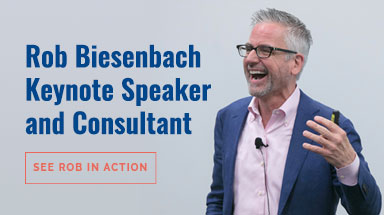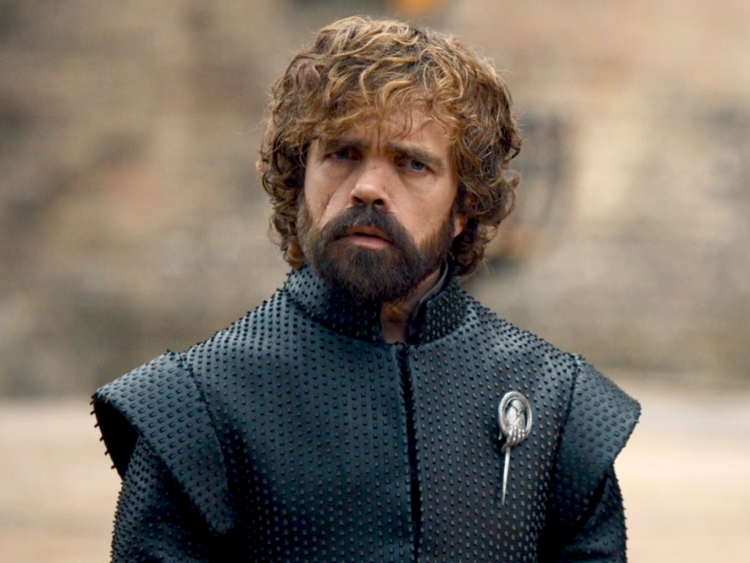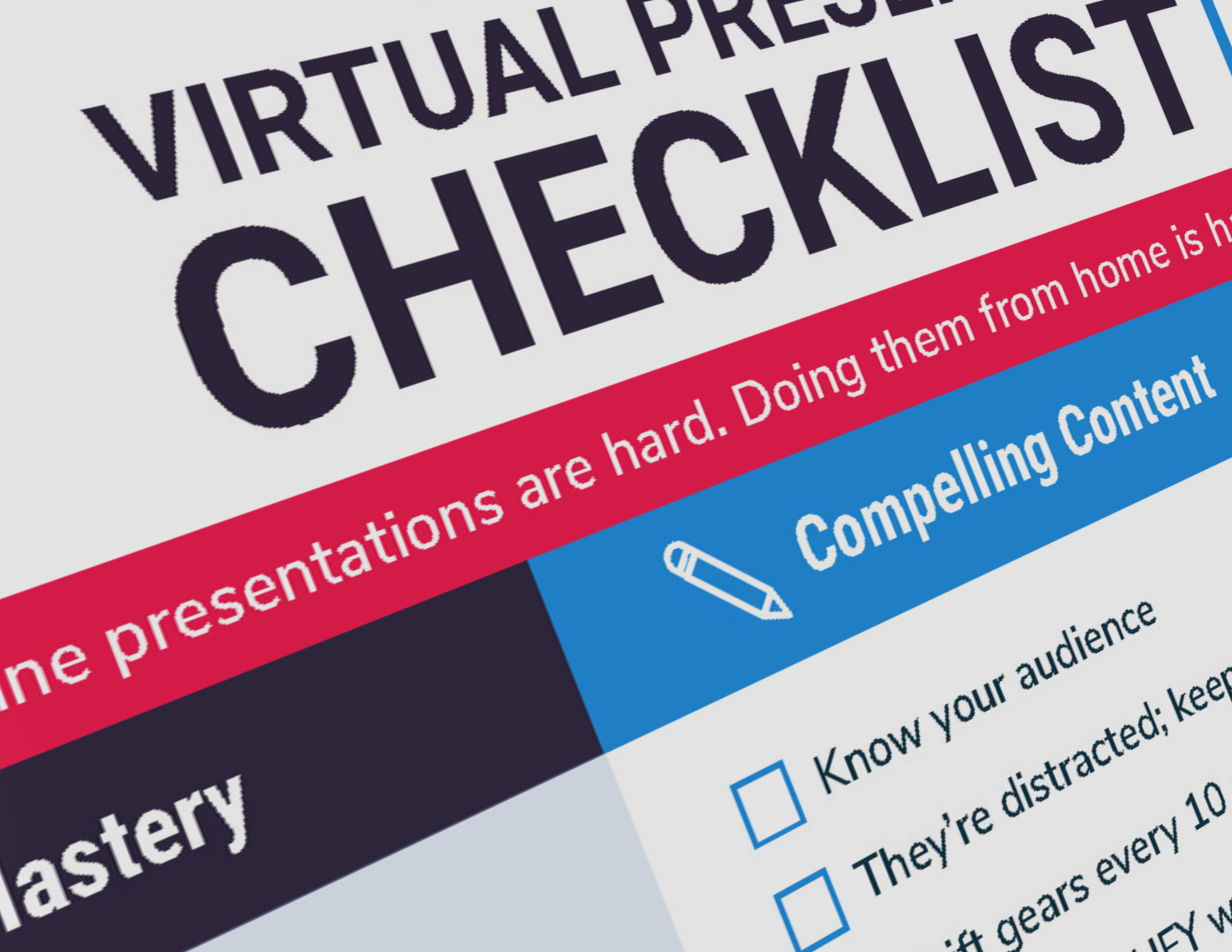 Here’s an important storytelling tip that will vastly improve the impact of your stories. It’s all about finding the moments.
Here’s an important storytelling tip that will vastly improve the impact of your stories. It’s all about finding the moments.
In my workshops and consulting, people often come up with the broad brushstrokes of a perfectly functional story. The problem is, it’s too broad.
The devil is in the details. And the right details can elevate a good story to greatness.
Go Beyond the Generalities
Common sense suggests that the more general our stories are, the more universal their appeal will be. But it doesn’t work that way. Generalities only make stories less compelling.
I was working with a nonprofit client who was trying to tell the story of her organization’s journey from success to failure and back again.
She said things were going really well when she joined the group, but within a few years, contributions started to dry up, seriously threatening the organization’s future. As she described the steps they took to turn the situation around, I jumped in with a question: “Wait, was there a specific moment when you realized you were in trouble?”
That’s when it got interesting.
She pointed to a meeting with a potential donor who had lots of creative ideas for initiatives he wanted to fund. It didn’t go well. And she later realized why: her team wasn’t listening. They just kept pitching the tried-and-true programs that they were comfortable with.
Now that was a critical moment that had the potential to bring this story to life.
Locate the Key Moments
A story becomes relatable when we, the listeners, can picture ourselves in that situation.
Not everyone has worked for a nonprofit or had responsibility for fundraising. But we’ve all been in a bad meeting — one that blows up in our face or just doesn’t go as expected.
Whether it’s a job interview or a budget review or a new business pitch, we’ve all been there. We can relate.
And that’s essential to making an impact on an audience.
Think of Your Story as a Film
Say you’re watching a movie — a mystery or suspense, for instance. Does a narrator walk out in the first minute and say, “This guy’s the killer?”
That would kind of spoil things, wouldn’t it? Instead, the culprit is revealed to us through subtle clues emerging over the course of the film. It’s all about “show, don’t tell.”
As viewers and listeners we want to witness the action unfolding. We want to be involved, We want to feel like we’re there.
So it’s important to magnify those small moments.
Enrich the Moments with Details
By adding a few extra details, the story becomes even more relatable. Start with the senses: what did the main character see or hear or feel at that moment?
You don’t need much. In this story it might be enough to say:
“In the beginning, everything was great. The prospect had tons of ideas he wanted to talk about and was clearly excited about our cause.
But as our pitch went on, he gradually slumped back in his chair. The enthusiasm visibly drained from his expression, his eyes glazed over.
I realized later that we weren’t listening — we were talking AT him, not WITH him. We blew it. And it was the beginning of a three-year nosedive in revenue as we scrambled to overhaul our offerings, our approach and our training.”
Strengthen the Turning Points
The best place to look for those moments is during the critical turning points of the story — when something bad happens or an important decision is made or when things resolve.
In your stories, look for those “aha” moments: a sudden revelation or discovery or surprise or change. Paint a picture for us. Add a few sensory details.
What was the setting? (A big job interview?) The environment? (A stuffy, windowless conference room?) How did it feel? (A bead of sweat running down the back?)
Slowing down and going deep at those moments signals to your audience that something important is happening that demands their attention.
Cut the Non-Essentials
But be careful. While some details propel a story, others suck the life out of it.
In our story about the nonprofit director, here are some non-essentials, along with possible exceptions:
- The name of the donor — unless it’s a well-known person that might increase recognition or raise the stakes.
- The location of the conference room — unless, perhaps, Conference Room B is legendary among your audience as “the place where ideas go to die.”
- Granular-level data illustrating the decrease in revenues (“a 37.4% reduction from FY 2013 through FY 2015”) — unless, perhaps, you’re talking with an audience of financial professionals.
The only details that matter are those that add meaning or impact to the story. Remember, you’re not preparing an affidavit or writing a white paper — you’re telling a story. Keep it simple and keep it moving.
Make Choices
Of course, life rarely unfolds like a Hollywood movie. Situations don’t always turn on a dime. More often, progress or setbacks occur in a series of fits and starts.
The storyteller’s job is not to recount each and every twist and turn. It’s to choose a single moment to represent the turning point. It doesn’t even have to be the biggest moment — it just needs to be one that’s relatable and easy to communicate.
Become a Student of Stories
The next time you watch a movie or TV show or read a book, pay attention to how the action plays out, especially at the key turning points. The biggest events often hinge on small moments — a phone call, a chance encounter, a seemingly random gesture or expression.
In your own stories, look for those “aha” moments. Get specific. The right details can breathe life into your story, captivate your audience, and leave them wanting to know more.
Watch the Video
For more, check out this video where I explain how small moments at the right time often make the biggest impact.
[A version of this post originally appeared in PRSA’s Strategies & Tactics]
[Photo by Agê Barros on Unsplash]




